Japan’s "バイキング" (Viking) Culture
Japan’s "バイキング" (Viking) dining experience offers a fusion of traditional Japanese and international dishes in an all-you-can-eat format.
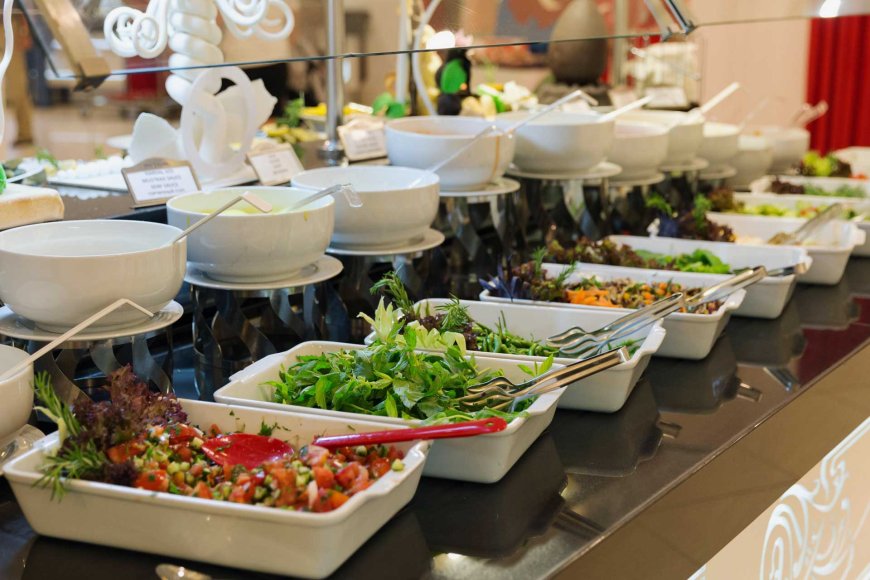
Why is Buffet Called Viking (バイキング") in Japan
The term "バイキング" (Viking) in Japan refers to what many would call a buffet-style meal. Interestingly, the concept doesn’t have its roots in the traditional meaning of Vikings from Norse mythology but instead stems from the Japanese adaptation of Western culture in the post-World War II era. The story goes that in 1958, the Imperial Hotel in Tokyo opened a buffet restaurant and needed a catchy, non-Western name for this new dining style. After watching a popular movie about Vikings at the time, the hotel’s management decided to call it “バイキング.”
Since then, "バイキング" has become synonymous with all-you-can-eat dining in Japan, offering a wide array of foods and an opportunity for people to indulge in different tastes from Japan and beyond.
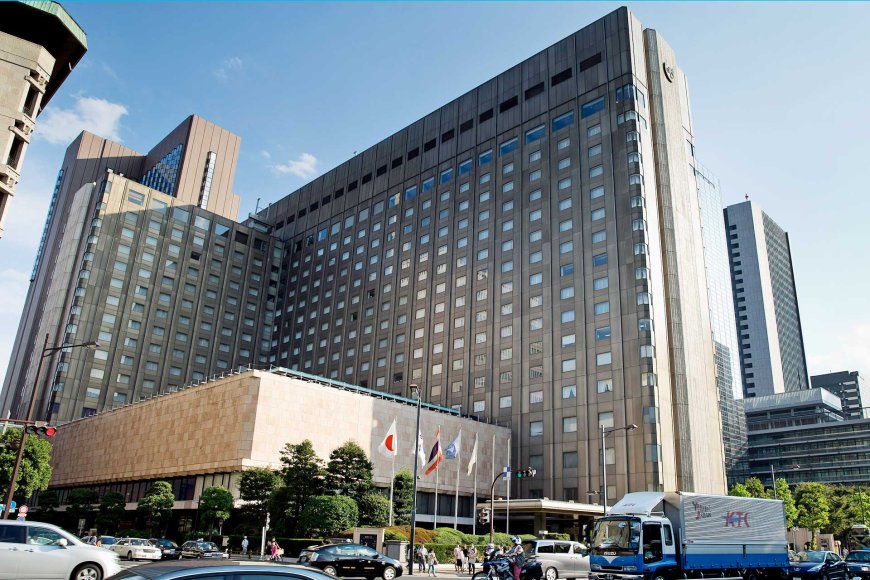
The Evolution of Buffet Culture in Japan
Buffet-style dining, or "バイキング," has grown significantly in Japan over the decades. Initially reserved for hotels and high-end restaurants, this style of eating is now found in various venues, from casual eateries to upscale establishments. The appeal of these buffets lies in the sheer variety they offer, allowing diners to enjoy everything from sushi to pasta, and from Japanese grilled dishes (teppanyaki) to Western desserts.
One reason why buffets became so popular in Japan is the country’s diverse culinary preferences. With such a rich food culture, people in Japan enjoy experimenting with new dishes, whether they are international or regional specialties. Buffets offer the perfect environment for such exploration without the commitment of ordering a full meal.
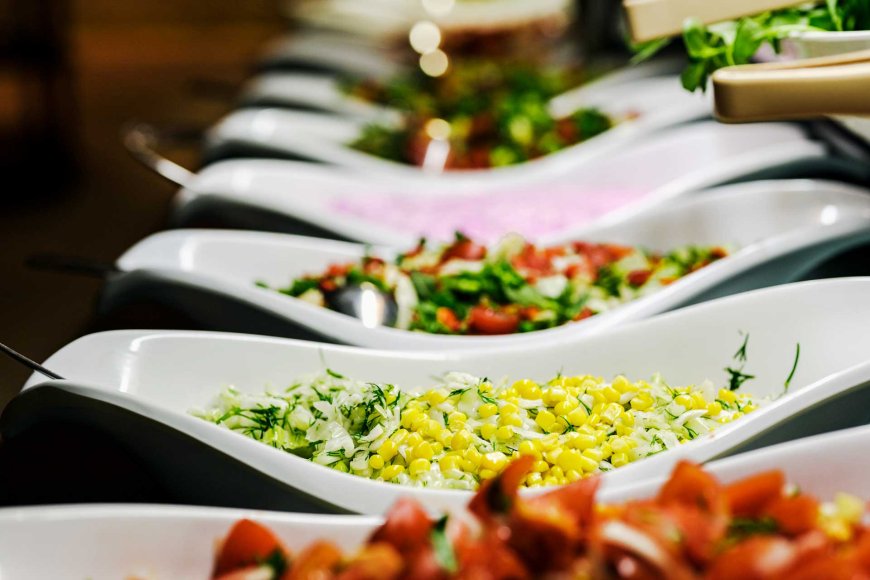
Types of "バイキング" in Japan
The "バイキング" experience in Japan varies widely depending on the restaurant or hotel. Some common types of buffets you’ll find across the country include:
- Traditional Japanese Buffets – These buffets showcase Japanese cuisine staples such as sushi, sashimi, tempura, udon, and more. Regional specialties like Hokkaido’s seafood or Kyoto’s tofu-based dishes can also be found in specific regions, reflecting local tastes.
- Western-Style Buffets – Modeled after European and American buffets, these often feature dishes such as pizzas, salads, steaks, and a wide variety of desserts like cakes, ice cream, and pastries. These buffets are commonly found in hotel restaurants or high-end dining spots.
- Themed Buffets – Japan is known for its love of themed experiences, and this is no different when it comes to buffets. You’ll find buffets dedicated to chocolate, fruits, or even specific types of meats like yakiniku (grilled meat) or shabu-shabu (hotpot). These themed buffets attract food enthusiasts who want to fully immerse themselves in one type of culinary experience.
- Family Buffets – These more casual buffets are often found in family-oriented restaurants and are designed to cater to both children and adults. They offer a mix of Japanese and Western food, often featuring kid-friendly dishes like curry rice, fried chicken, and French fries, along with more traditional options for adults.
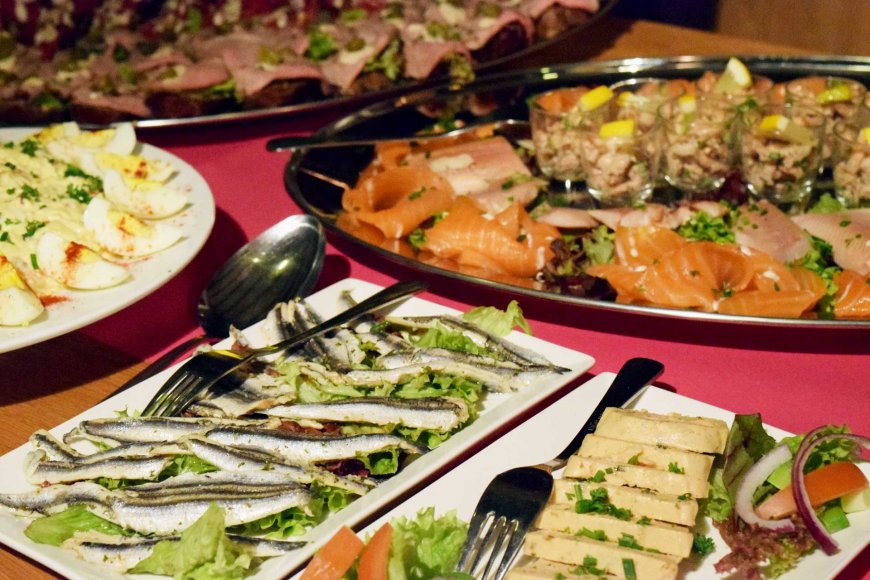
A Cultural Experience Beyond the Food
One of the most interesting aspects of a "バイキング" meal in Japan is the experience itself. Dining is often done with a sense of mindfulness, balancing the joy of indulgence with the Japanese value of "mottainai" (wastefulness). Unlike in some other countries, where buffets may encourage heaping plates of food, Japanese buffet-goers tend to serve themselves modest portions, savoring the dishes without excess. This reflects a deep-rooted cultural value of appreciating and respecting food.
Additionally, buffets in Japan often feature meticulous presentation. Even in casual settings, the food is beautifully arranged, and restaurants take great care to ensure that everything looks appealing and fresh. This emphasis on aesthetics is deeply embedded in Japanese culture, where presentation is just as important as taste.

How COVID-19 Changed the Buffet Landscape
Like many aspects of dining worldwide, buffets in Japan were significantly impacted by the COVID-19 pandemic. Many buffet-style restaurants had to adapt to health guidelines, implementing strict hygiene measures such as providing hand sanitizers, gloves, and masks for diners. In some cases, the traditional buffet setup was modified to include staff-served stations, where diners pointed to what they wanted, and restaurant staff would plate the food for them.
While the buffet culture took a hit during the pandemic, it has since begun to recover, with many establishments reintroducing self-serve buffets under enhanced hygiene standards.
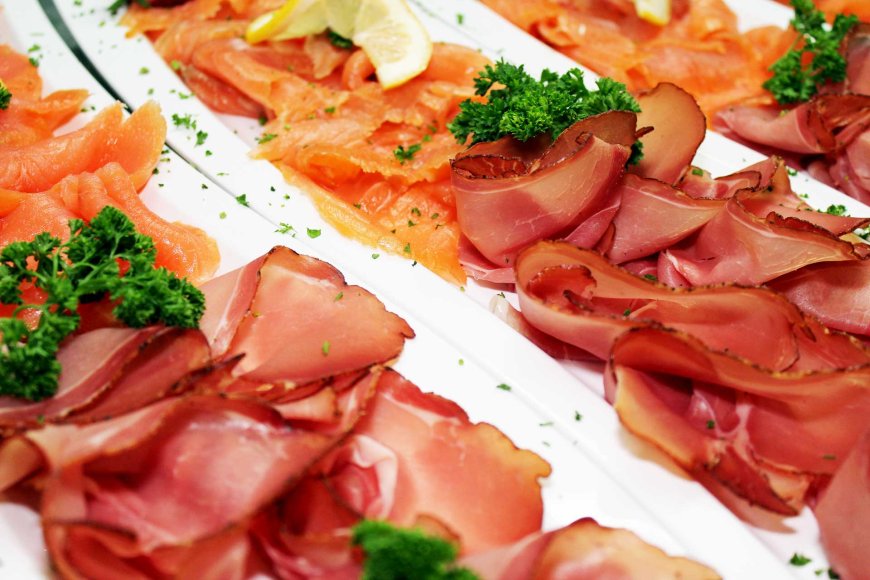
Why "バイキング" is Here to Stay
Despite the challenges of the pandemic and the evolving dining preferences in Japan, the "バイキング" culture is unlikely to disappear anytime soon. The sheer variety and experience of exploring different cuisines within one meal appeals to both locals and tourists. It allows diners to explore Japanese culinary heritage alongside international dishes in a way that is fun, affordable, and satisfying.
Moreover, "バイキング" is often a family-friendly experience, offering something for everyone regardless of dietary preferences or age. Whether it’s a grand celebration at a hotel buffet or a casual weekend lunch at a local family restaurant, the buffet-style dining remains an integral part of Japan's food culture.
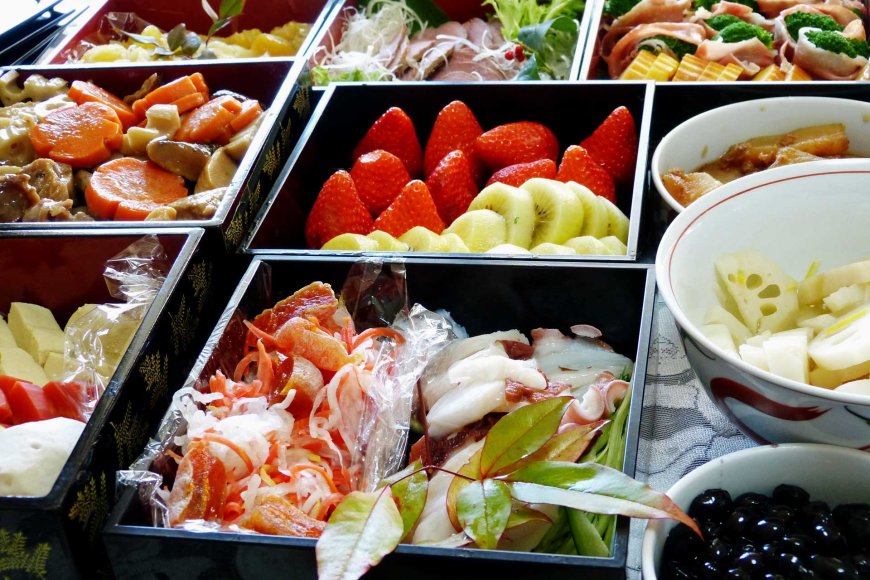
A Feast for All Senses
"バイキング" in Japan is more than just an all-you-can-eat experience—it’s a cultural phenomenon. With its roots in Western buffet dining, Japan has transformed the concept into something uniquely its own, blending careful presentation, respect for food, and a commitment to offering a wide variety of high-quality dishes. Whether you’re a local or a tourist, trying a "バイキング" in Japan is a must, offering a window into the country’s rich food culture and love of diverse, shared experiences.
Find Cheap Flight Tickets to any Destinations in Japan and the Philippines
Nipino.com is committed to providing you with accurate and genuine content. Let us know your opinion by clicking HERE.






























































